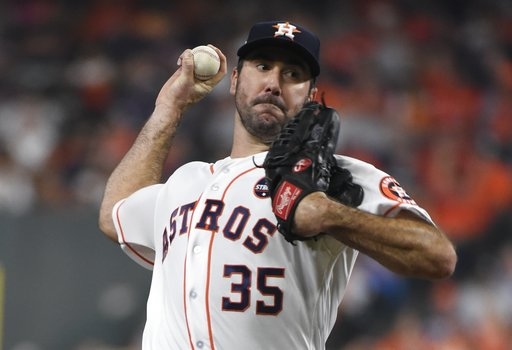
NEW YORK (AP) — The players’ association rejected Major League Baseball’s proposal to institute 20-second pitch clocks and limits on mound visits, a move that dares management to unilaterally impose the changes designed to speed pace of games.
Union head Tony Clark and deputy general counsel Matt Nussbaum informed MLB of the decision Thursday during a telephone call to deputy commissioner Dan Halem, a person familiar with the decision told The Associated Press. The person spoke on condition of anonymity because no statements were authorized.
Management has the right to implement the rules changes it proposed last year. Under baseball’s labor contract, management can change on-field rules on its own with one season of advance notice.
MLB does not intend to make any decision before its next owners’ meetings, scheduled for Jan. 30 to Feb. 1 in Beverly Hills, California. Spring training games start Feb. 23 and the season opens March 29.
The union’s decision was first reported by Fox
Nine-inning games averaged a record 3 hours, 5 minutes during the 2017 regular season and 3:29 during the postseason, and the length of games has concerned club owners and executives in an age where they compete for consumers with more entertainment choices and shorter attention spans.
Players and MLB have bargained over the matter since last summer, and the union told MLB on Thursday there was no consensus among its members for pace alterations. After a November owners’ meeting, Commissioner Rob Manfred vowed change.
“My preferred path is a negotiated agreement with the players, but if we can’t get an agreement we are going to have rule changes in 2018 one way or the other,” he said then.
Under the proposal MLB can implement, there would be a 30-second clock between batters and a 20-second clock between pitches, according to details obtained by the AP.
A hitter would be required to be in the batter’s box with at least 5 seconds left on the timer. The clock would start when the pitcher has the ball on the mound, except for the first pitch of an at-bat, when it would start at the end of the previous play.
The clock would reset when a pitcher steps off the rubber and when he makes or feints a pickoff throw.
An umpire would issue a warning to a pitcher or batter for a first violation each game, and subsequent violations by the same player would result in a ball being called against a pitcher and a strike against a batter.
Under the proposed limit on mound visits, a team would be allowed one per pitcher each inning, whether by a manager, coach or player. A second visit would result in the team being forced to change pitchers.
During bargaining, MLB offered to start the pitch clock this year only with no runners on base and delay its use with runners on until 2019, the person said.
Clark did not respond to an email seeking comment.













